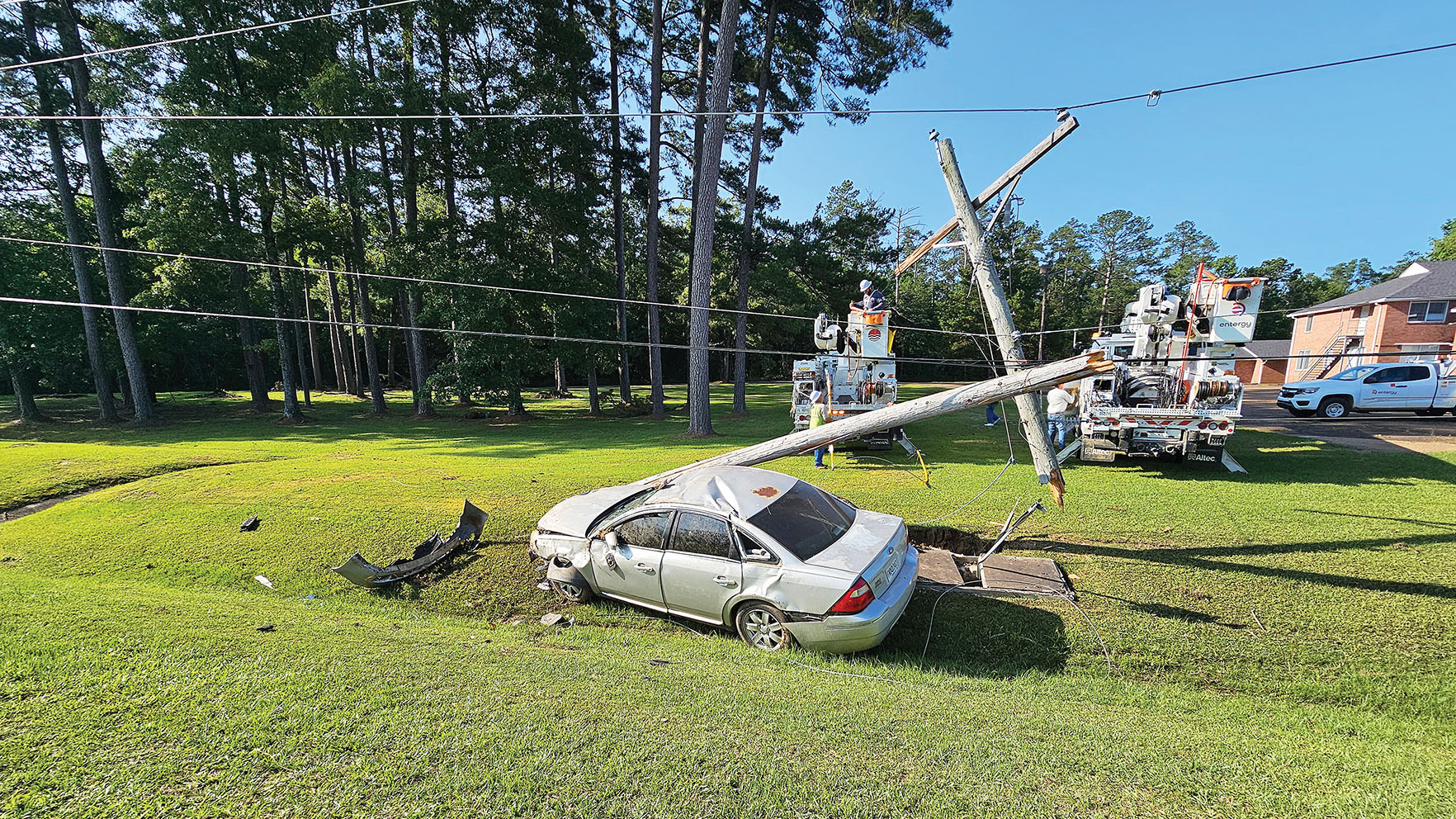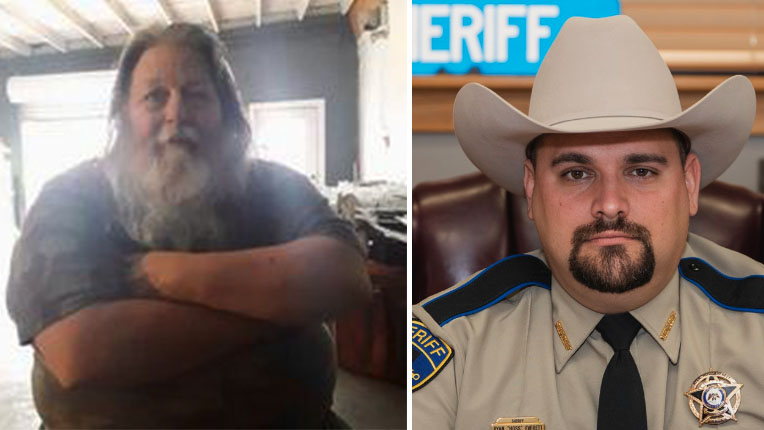Navigating the child abuse cycle
Published 7:00 am Sunday, April 19, 2015
The child was only 2-years-old at the time. I was 23. I knew his name but little else about him, except that his mother had abused him.
Yet there we were, flying from Houston, Texas to Gulfport. I had no idea what to do with a 2-year-old on an airplane. He cried, I panicked, and people sitting near me stared with horror. They could tell I was in over my head.
I had just met the child a couple months before this trip. I was a Children Protective Services caseworker, and he was heading to a new foster home.
I had signed up for the job right out of college after hearing about the need for CPS caseworkers in Texas. Children were suffering because there weren’t enough caseworkers to get to all of them.
I spent the next year helping abused children and their parents – or trying to. More often than not, we removed those children from their parents permanently. It was almost always a gut-wrenching ordeal. Even abused children want to go home with the very mothers and fathers who hurt them. A child’s desire to be loved by a parent is stronger than any abuse.
The children would go to foster homes if there wasn’t a family member who could care for them. The goal was always to find them a permanent, adoptive home. My 2-year-old client went to a foster family that eventually adopted him. It was the outcome we often worked and prayed for, but rarely got to see.
What we saw most of the time was humanity at its worst. The shock of babies and toddlers with broken bones, skull fractures and bloody diaper rashes was overwhelming at first. It became familiar.
My task was to make sure the abused or neglected children were safe and healthy while in foster care. I also tried to get parents to grow up enough to earn the right to get their children back. At 23, I was often younger than the parents I worked with, yet I was the one pushing them to parenting classes and drug counseling.
Unfortunately, foster homes aren’t always safe places. It wasn’t uncommon for children to be abused or neglected while staying with a foster family or in a group home. They sometimes were viewed only as sources of income – the state pays foster parents based on the number of foster children in the home.
But there were a few good stories among the bad. There were loving foster homes and parents who put in the work to get their children back.
After a year at the job, I had enough horror stories to last a lifetime. So I left Texas to start my newspaper career in Mississippi. I’ve always felt guilty for leaving. I worried about the 50 or so children on my caseload who had to navigate the state’s protective services labyrinth without me. Sure, they were assigned a new caseworker. But those folks already had 50-60 cases of their own, and I doubt they had time to see my clients regularly.
That was the hardest part. I often feared, and sometimes still do, that a child on my former caseload was abused while in foster care and no one knew because an overworked caseworker didn’t have time to make regular visits.
Back then, I could only pray that didn’t happen.
The experience was life-changing for me. I’ve never viewed children the same way since. Children are helpless, innocent souls who depend completely on the love of their parents to survive. Unfortunately, parents aren’t always loving.
April is National Child Abuse Prevention Month, and I can’t think of a better cause to shine a light on. But a month of worrying about child abuse isn’t enough. Society’s resolve to prevent child abuse can’t last just one month, it must be ongoing, every day of every week.
So what can you do, you ask? For starters, we can all take a greater interest in the well-being of children. That means caring enough to get involved in a child’s life if you suspect abuse or neglect. We too often think it’s none of our business when we suspect a child is hurting. But it is your business. It is my business. The well-being of children is everyone’s business.
If you suspect a child is being hurt, report it. If you see a child being abused, stop it. Don’t assume someone else will step up and do the right thing.
You can call any law enforcement agency to report suspect abuse or neglect. You can also call 911 if you think it’s a life-threatening emergency.
If we all commit to caring enough to get involved in a child’s life, we can reduce the number of children who are abused or neglected. That’s a goal worth working toward.
Luke Horton is the publilsher of The Daily Leader. You can contact him at luke.horton@dailyleader.com.





